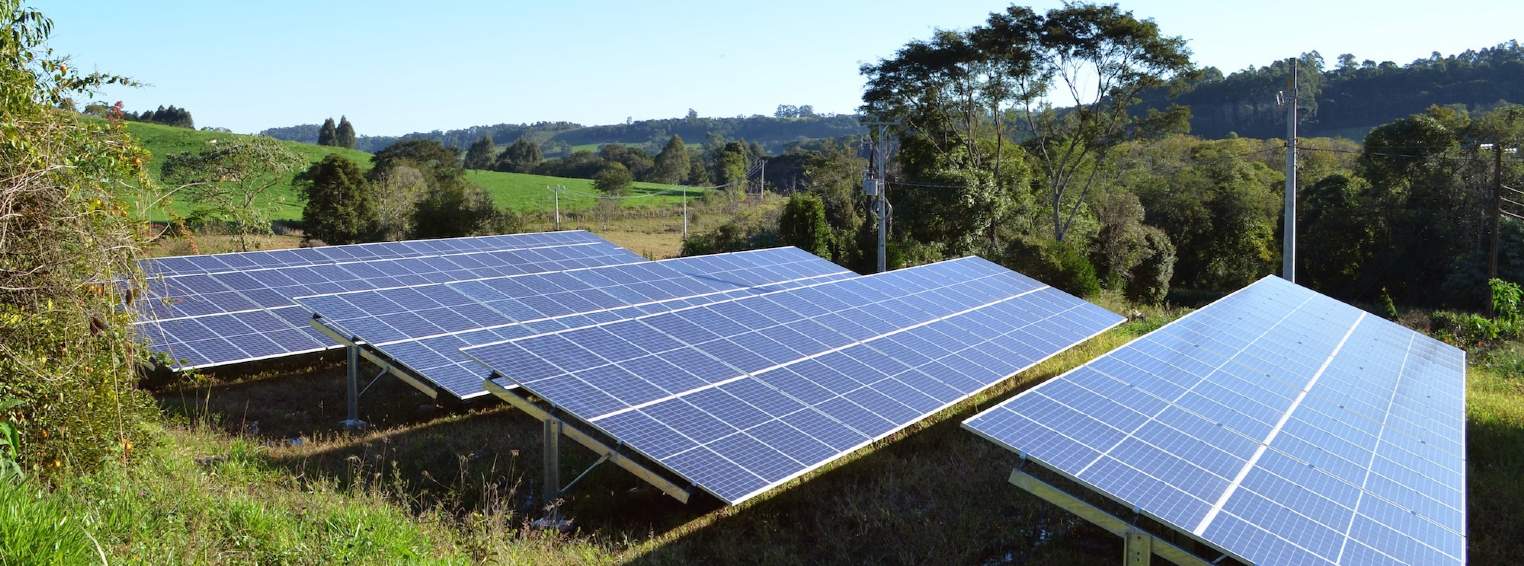Solar is the fastest-growing form of renewable energy and has the potential to reduce global carbon emissions by up to 25 per cent by 2050. This might seem surprising on first reading but when you consider that in a single hour the amount of power from the sun that strikes the earth is enough to replace all fossil fuel usage for a year, the huge potential for solar comes sharply into focus.
The modular nature of solar makes it the perfect fit for real estate where there is onsite daytime electricity demand from occupiers as the solar system can be sized to meet onsite energy demand. It can be installed on a roof, allowing asset owner to generate their own electricity. Likewise, the low, wide profile of warehouse buildings means solar panels are proving popular with logistics real estate companies.
And it’s not just roofs, solar products are developing at a rapid rate with a wide range of products coming onto the market every year: in recent years we have seen the introduction of solar slates and transparent modules that act as roof lights to name just two products.
South Korean conglomerate Hanwha recently remodeled its office tower HQ in Seoul with a façade that includes upwards angled solar panels. The panels also shade the windows below, reducing heat gain.
The shading qualities also come into play with carport solar which is starting to be deployed in car parks across many parts of the world. Even in temperate regions carport solar is proving popular as it provides shade in the summer and shelter from the rain in the winter.
Although investors in solar energy production face upfront costs for systems and installation, there are minimal ongoing costs, while maintenance is simple and relatively cheap. The International Energy Agency (IEA) says solar is the cheapest electricity in history in some markets. Costs are steadily decreasing and the efficiency of solar panels is improving. Between 2015 and 2019, the cost of solar modules fell 41.2 per cent globally.
These reductions in costs mean that solar PV offers significant costs savings in most regions of the world when compared with mains electricity, even without any subsidy support.
It is therefore no surprise to the Savills Energy Team that with many companies looking to improve their ESG ratings and to achieve net zero targets that there has been a surge in enquiries for solar PV solutions during the last year.
Further information
Read more Impacts: Solar energy

.jpg)







.jpg)
.jpg)